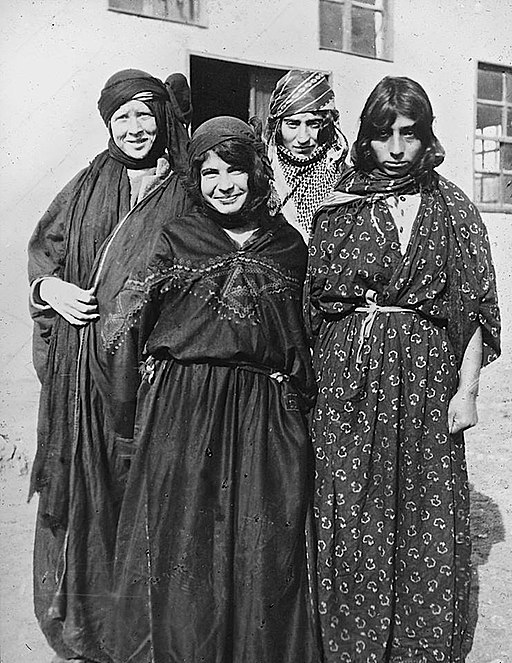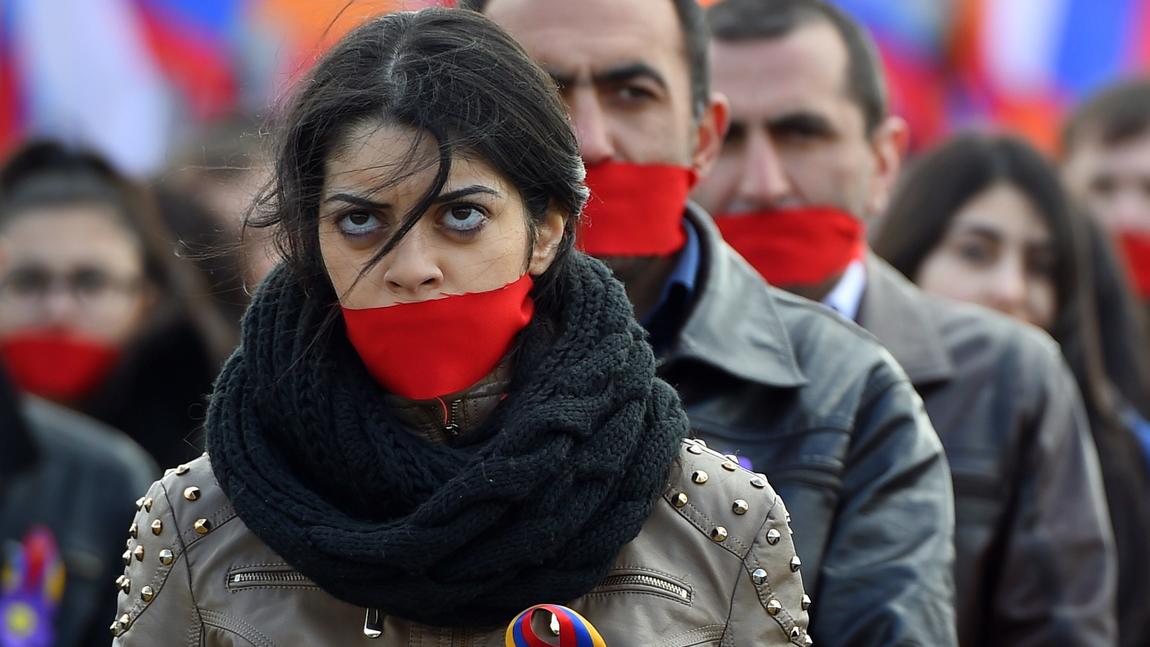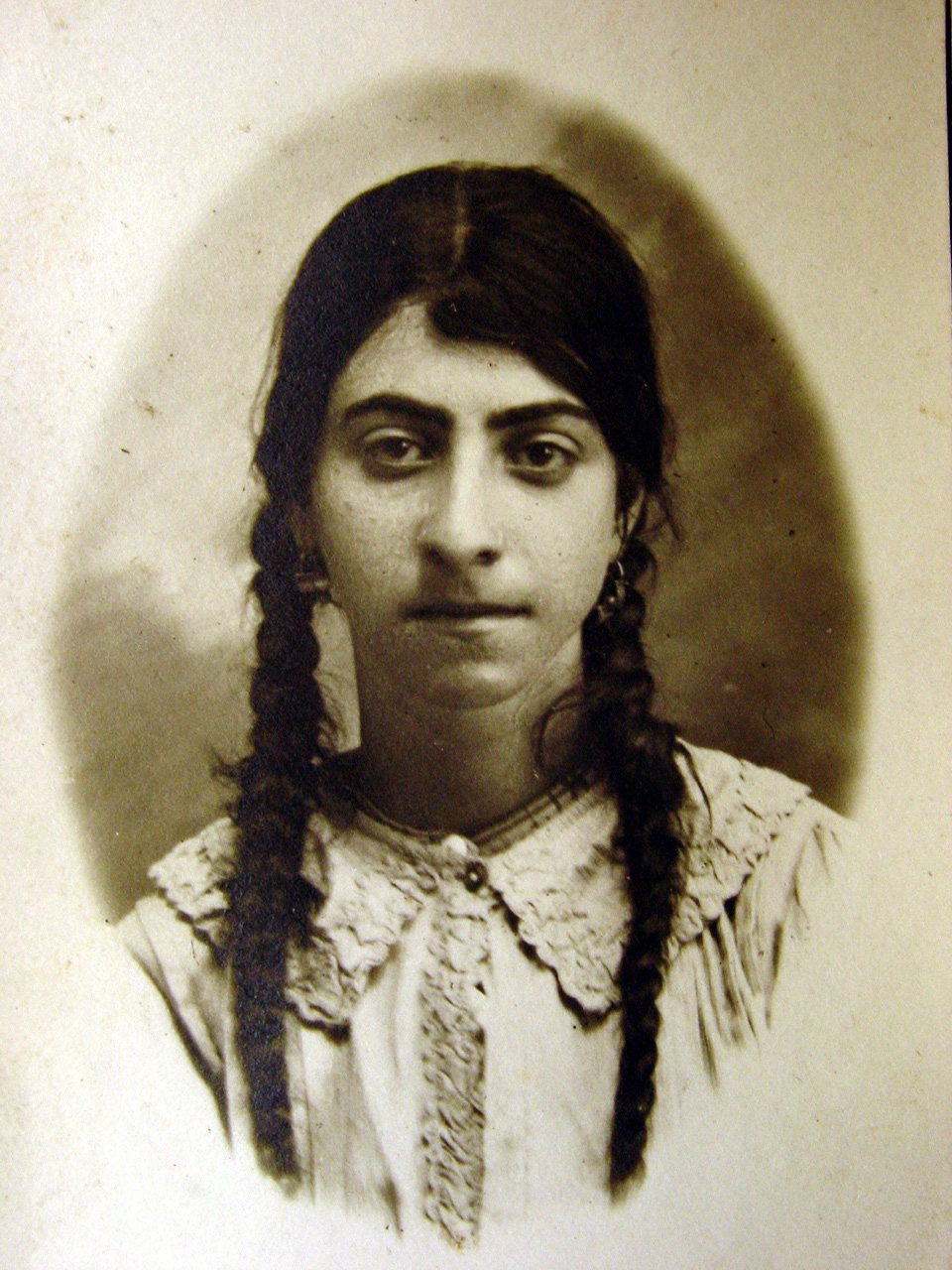Ties of Past & Present
Purpose of Memory Culture
“Human rights are rooted in our awareness of our common vulnerability, which is increased by our remembering lessons from the past” (Misztal 2010, p.37)
Memory ties the past to the present while it also gives us a feeling of affiliation (Misztal 2010, p. 26). While structuring my questionnaire I was aware of this fact but it was not until I conducted the interviews that I noticed the importance of having a purpose to bring up certain fragments of memory. For instance, without having a specific reason to speak about the sexual violence that women suffered during the genocide, my interviewees did not feel like it was important to mention it among the other atrocities. One purpose the description of different stories about sexual violence serves is as a way to increase the interest in the commemoration of the Armenian genocide in general. Because of the fact that the Armenian genocide is still not officially recognized in many countries especially Turkey, the Armenian community, particularly the diaspora, feels the need to make it more known in the society they live in. According to Lara, who was brought up in France, it includes inspiring people to get more educated in this part of history. This is the reason why different stories about the Armenian women and the sexual violence they witnessed is used as a way to bring attention to the genocide in general by Mona, Mary and Lara:
Mary: “So it’s that ‘Okay, let me leave you with this and let’s see if you still are in denial, you still don’t believe me or you still think this could be a made-up story or you’re still uninterested.’ So, what I have seen, it becomes the one drop liner of ‘if you don’t believe this, let me give you more.’”
Mary described it as a “drop liner” meaning that the stories of women only fill one sentence or a little more than that in a conversation about the Armenian Genocide. This included the story of a pregnant Armenian woman’s baby being ripped out of her stomach. They are not the main focus but rather a way to reach the ultimate goal that is the recognition of the genocide in general. Lara framed it as a way to “shock [her] non-Armenian friends a little bit”. This implies that sexual violence is viewed as a particular gruesome aspect of the genocide that can gain people’s attention by making them feel either horrified or deeply saddened by the fate of the Armenian women during that time. It is the little extra at the end when everything else did not have the wishful effect.
In order to start a real conversation about it, it is necessary for Mary to find a connection to today’s society. For example, if there are similar experiences of sexual violence that Armenian women have to suffer today, it would be a reason for her to start speaking about the sexual violence that took place during the genocide as an attempt to change the present by learning from the past:
Mary: “There is a new event that inspires it. Like the war inspires a conversation, right? Like it has to be more than ‘Yes, there was sexual violence in the genocide’, right? How that sexual violence is still, not similar, but sexual violence still present in the life of an Armenian woman. Like something that inspires and it takes this fact on to a new level is the level of conversation I would have.”
For Mary, it is important to have a certain goal in mind when starting the conversation about sexual violence during the genocide. If we compare it to the Armenian Genocide in general, we notice that the ultimate goal many members of the Armenian community follow is the striving for recognition. Thus, there are no doubts about choosing to speak about it or not. When it comes to the aspect of sexual violence, however, the goal is not so obvious. Even though women’s rights and gender topics were important to my interviewees, the connection to the sexual violence is not made. Consequently, for members of the community, like Mary, it often is associated with the genocide in general and therefore mostly used when trying to achieve the recognition. After all, according to Misztal, past events are being reconstructed in order to make sense of the present or serve a specific purpose in today’s society (2010, p. 28). Without this purpose, the memory would loose its reference point in order to be highlighted. Mona saw the need for an incentive to start the discussion as an issue as well. If the memory about certain events is only tied to one specific purpose, what happens when the ultimate goal is reached and the necessity to speak about it is lost as a consequence?:
Mona: “[…] For over a hundred years our community hasn’t taken the time to mourn experiences and these tragic events that occurred. It’s always been action oriented and I think like. I don’t think that’s the right way to go about it. We’ve discussed this. Our whole communities efforts, US particularly, was to get the Armenian genocide recognized. Okay, it was recognized, now what? It’s very action oriented and that’s why like during these weeks of events that happened ‘Okay, let’s educate, educate, educate’ but like none of that sticks with folks. But what does stick is those identity talks and taking the time to reflect on yourself and your identity and then once you have done that, then you are able to become a more productive member of the community and move forwards with your actions and your story.”
Mona offered the insight into another important purpose for the memory about sexual violence. Identity is the keyword here since it came up in the interview on more than one occasion. Mona addressed this particular issue of connecting the memory about sexual violence to an ultimate purpose it has to serve – in this context the recognition of the Armenian Genocide. For her it is more important to use memory as a way to dig deeper into the own identity. She is a member of the diaspora which leaves her often in a state of limbo. Questioning one’s place in the country they are living in and the depth of their Armenian identity is very common for people living in the Armenian diaspora. This can also lead to comparing oneself with the other members of the diaspora as well as Armenians living in Armenia or asking oneself about the depth of ones affiliation with the Armenian culture (Pattie 1999, p. 85). This also includes the collective memory and its influence on the own identity. Memory is the connection of the past generations to the current ones which means that it can offer an insight into the own identity by dealing with past events like the sexual violence during the genocide (Shilo quoted in Misztal 2010, p. 29). Grasping the reason for why women had to suffer then and trying to familiarize oneself with their fate can offer a sense of belonging. Understanding the Armenian fate gives the assurance that one is, after all, still connected to the Armenian roots.
How strong this tie between the past and the present and the identification with their history actually is, could be seen in the way the interviewees spoke about it. It was very apparent how much importance was given to the national identity, especially in the diaspora for Mary, Mona and Lara. Consequently, the Armenian Genocide, as a defining moment in the history of that nation, turns into a defining moment in the identity of the interviewees as well. Mona explained her own feelings during talks about the Armenian Genocide:
Mona: “We talk about things that are happening and then we tie it back to the experiences that we had as an asg (engl. nation) […] during genocide. […] We talk about displacement and our connection to our land and our attitude towards…ehm…the physical land.“
Interestingly, Mona always spoke of “we” and “our” including herself into it as if she had experienced the genocide as well and had “her” land taken away from her. Her connection to the national identity and the memory of the genocide is so strong that she is convinced that everything that has been done to her ancestors, was done to her as well. Referring to this, the sexual violence against women must have been one of the more prominent issues that would have stood out to her since she, and the other interviewees as well, are all Armenian women who have a connection to the Armenian history in one way or another. Interestingly enough, the theory and the reality do not align. Speaking to my interviewees, it turned out that the many accounts of sexual violence against women hardly find their way into their discussions about the Armenian Genocide.





